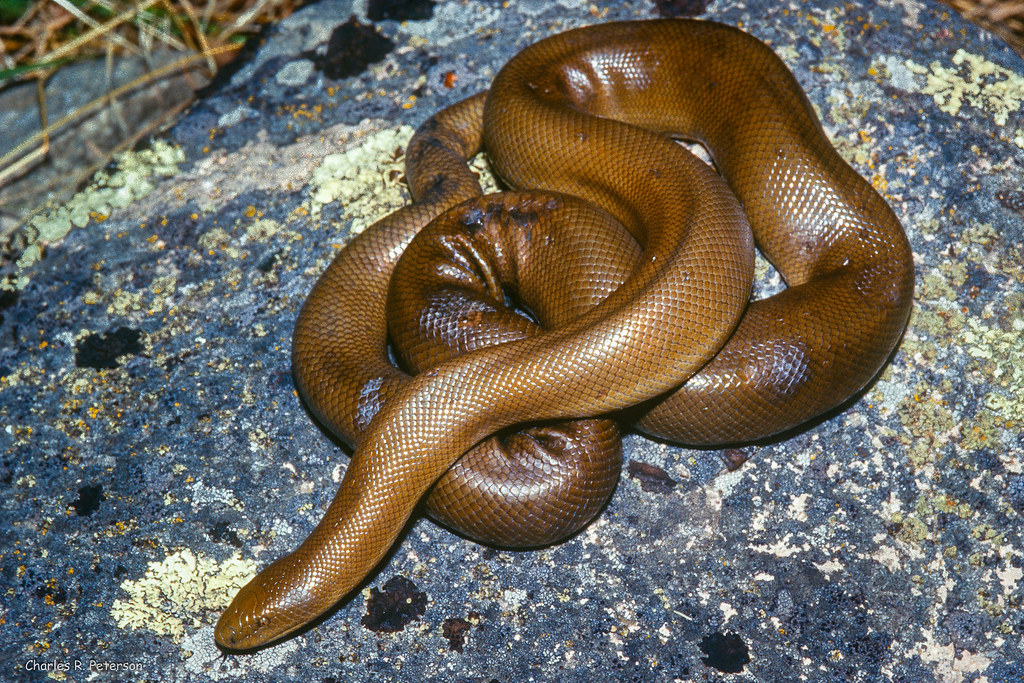Alaska, positioned in the northwestern part of the North American continent, stands out as a state with distinct geographical features. Its unique traits include being the only state in the mainland United States without a bordering state and sharing its eastern boundary with Canada. Encompassing approximately 570,380 square miles, Alaska boasts a landscape featuring over 3,500 lakes, wetlands, marshlands, and glaciers. Notably, its diverse ecosystems support a range of species, making it a haven for wildlife enthusiasts. However, despite its rich biodiversity, Alaska is notably devoid of snakes, offering a unique contrast to regions with more prevalent reptilian inhabitants.
Table of Contents
Types of Snakes in Alaska
Alaska is home to numerous islands, providing habitat for various species that inhabit the region. The presence of numerous active volcanoes has significantly shaped the state’s unique features. Notably, a substantial portion of the land in Alaska is federally owned, providing ample space for diverse wildlife to thrive undisturbed. Despite the common perception that Alaska lacks snakes, there have been documented cases of snake encounters in the region. However, it is crucial to clarify that Alaska does not have native snakes.
Northern Rubber Boa

The northern rubber boa, a snake species found in Alaska, grows up to 33 inches and can live for 30 years in the wild. Adaptable to various habitats, they are often encountered in different parts of Alaska. The name “rubber boa” originates from their rubbery skin texture, which feels soft when handled. Despite their appearance, caution is advised, as handling them exposes one to potential harmful bacteria, leading to dangerous infections. Found in diverse colors, including brown, tan, and grey, these snakes inhabit regions like deserts, grasslands, and wetlands, preying on lizards, toads, frogs, salamanders, and newts.
Corn Snake

Another prevalent snake species in Alaska is the corn snake, known for reaching lengths of up to 6 feet and thriving for about 8 years in the wild. Often referred to as red rat snakes, they are constrictors, hunting and constricting their prey before consumption. Despite their seemingly docile nature, caution is advised due to the potential bacterial load they carry. With varying colors like orange, red, and tan, they can be found in abandoned buildings, overgrown fields, forest openings, and forests, consuming a range of creatures such as toads, frogs, newts, birds, lizards, and salamanders.
Ball Python

The ball python, growing up to 6 feet and living for 30 years, is a common snake in Alaska, known for its defensive behavior of curling into a ball when threatened. Although nonvenomous, their bites can introduce harmful bacteria. Found in colors like gray, dark brown, and tan, with smooth scales, these snakes are native to central and West Africa, thriving in areas around water bodies. They feed on mice, toads, frogs, and rats and exhibit adaptability even in colder climates.
Common Garter Snake

The common garter snake, reaching up to 5 feet and surviving up to 10 years, is a versatile species thriving in diverse Alaskan habitats. Generally harmless to humans, they are active during the day, basking in the sun during the summer. Sporting colors like olive-green, black, and tan with a distinctive yellow stripe, they release musk when threatened. Found in hillsides, meadows, woodlands, and marshes, they consume worms, slugs, leeches, toads, frogs, lizards, and, occasionally, smaller snakes.
Alaskan Python
Reports have surfaced regarding an Alaskan python, specifically a 100-pound Burmese python named Sam, which went missing but was later found after venturing into different parts of the state. Although not native, encountering such dangerous species is a possibility during travels in the region.
Does Alaska Have Any Snakes?

In straightforward terms, no, Alaska does not have native snake populations. However, it’s crucial to remain open-minded as there have been occasional reports and findings of various snake species in the region. Unlike some southern states, Alaska is generally considered free from snakes, with no confirmed snake population. Despite this, individuals may keep snakes as pets in different areas. Instances of snakes from the Pacific Northwest appearing in southeastern Alaska have been reported. Alaska’s wildlife is diverse, featuring wolves, sheep, moose, bears, and caribou, including the notable brown bear. While there is no conclusive evidence of native snakes, thorough research may uncover encounters with different snake species in the region.
Why Are There No Snakes in Alaska?

The absence of snakes in Alaska can be attributed to several factors. One fundamental reason is the inhospitable freezing temperatures of the region, which reptiles typically avoid. The cold temperatures during winters make it challenging for creatures to thrive in the outdoors. Additionally, Alaska experiences minimal sunlight hours, and since many snakes rely on sunlight to warm their bodies, the lack of extended sunlight discourages their presence. This is in stark contrast to regions like Hawaii, where extreme temperature variations between cold and hot are experienced. In Alaska, the harsh winter conditions make hibernation challenging for certain reptiles and amphibians, contributing to the overall absence of snakes in the state.
_______________
Check out the snakes in other US states:


